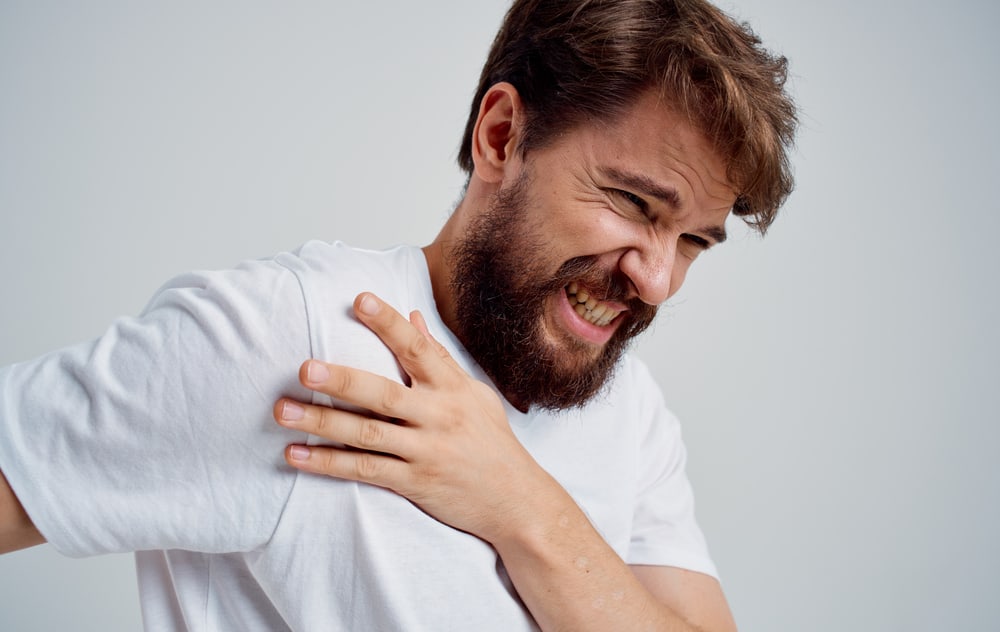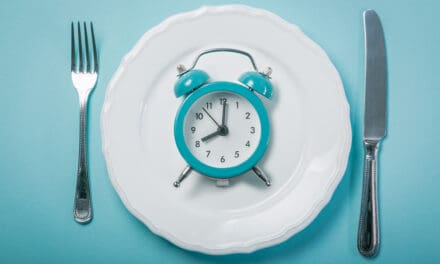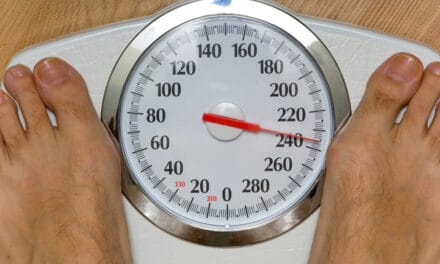So, you have decided to get started with an exercise program to get healthier. While the first workout may go great, what follows might not be as pleasant. You wake up the following morning feeling so sore it becomes a task to get out of bed. You wonder what happened.
A massage relaxes your muscles, increases circulation, decreases stress hormones, increases endorphins, and helps you feel better overall. It’s a safe and natural approach to obtain more rest and deeper sleep.
You will also benefit from a massage even if you haven’t exercised.
Table of Contents
What is Muscle Soreness?
Muscle soreness [1] is a side effect of stress on your muscles during exercise, which is normal. The pain you experience is a result of inflammation within your muscles, which triggers soreness.
There are two types of muscle soreness. One of them is the delayed-onset muscle soreness which starts after working out. You experience this kind of soreness a day or two later. However, if you feel pain during or immediately after your workout, this is referred to as acute soreness. Acute soreness manifests as a burning sensation and is due to lactic acid build-up. Usually, it disappears once you stop exercising.
How to Treat Muscle Soreness
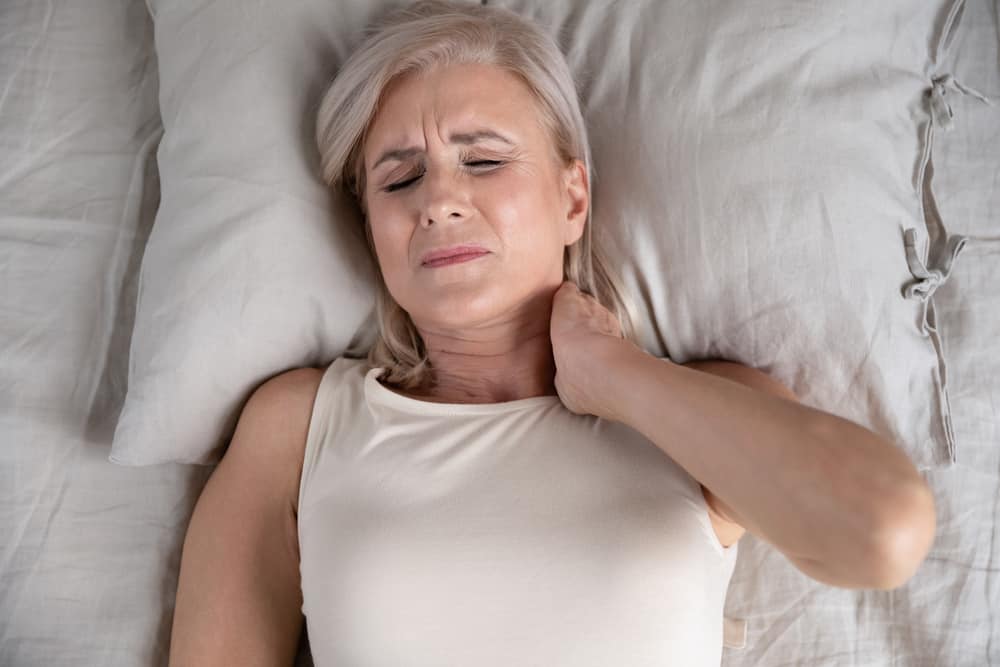
The best way to get rid of muscle soreness is doing gentle exercises, including stretching and walking. The more you move, the faster you can ease the discomfort. You can also take a warm bath or use a heating pad to relieve the pain temporarily. For a long-term solution, use ice treatment since it helps bring down inflammation and muscle swelling.
You can also get an electric handheld percussive massager to massage your sore muscles. They help relieve you of muscle soreness at the comfort of your home and only cost about $75.
What Are Muscle Knots?
Muscle knots [2] medical term is myofascial trigger points. They are pain spots that occur whenever fascia or muscle fibers tighten or tense and get in a state of contraction. Sometimes, muscle knots get excessively painful and even crippling.
There are various ways muscle knots develop, including from:
- Overuse and injury
- Faulty biomechanics
- Sedentary lifestyle
- Bad posture
Muscle knots can also be caused by dehydration, poor eating habits, stress, and worry and can form everywhere in the body – the back, shoulders, and neck. They frequently appear in your gluteal muscles as well.
Aching feelings and soreness in your muscles and joints might be caused by muscular knots. A muscle knot may feel significant, tight, or rough when touched. They may feel tight and constricted even when relaxing, and they’re often sensitive to touch. The afflicted region may become irritated or swollen as well.
You may also experience stress, anxiety, and depression and have difficulty sleeping.
Although some muscle knot problems arise from overuse and injury, the most common ones result from a sedentary lifestyle. Repetitive movements and sitting for extended periods create the perfect scenario in your body for these pesky knots to form.
However, actual knots form from your body to protect a strained, injured, and weakened spot. The muscles around the area tighten up to mitigate more injury. Muscle knots will persist until the muscles contract after the knotted site is broken up. You will still experience limited motion, tightness, and pain until the muscles loosen up and circulation gets back to the affected area.
How to Loosen Tight Muscles
Tension results from stress, poor posture, inflammation, anxiety, exercise, arthritis, or other health issues. The first thing to do is determine its cause and then find a solution. The best ways to get rid of a stiff muscle are through stretching or use a massage tool such as [3] a percussive massager to ease the discomfort.
How a Percussive Massager Helps with Muscle Knots and Sorness
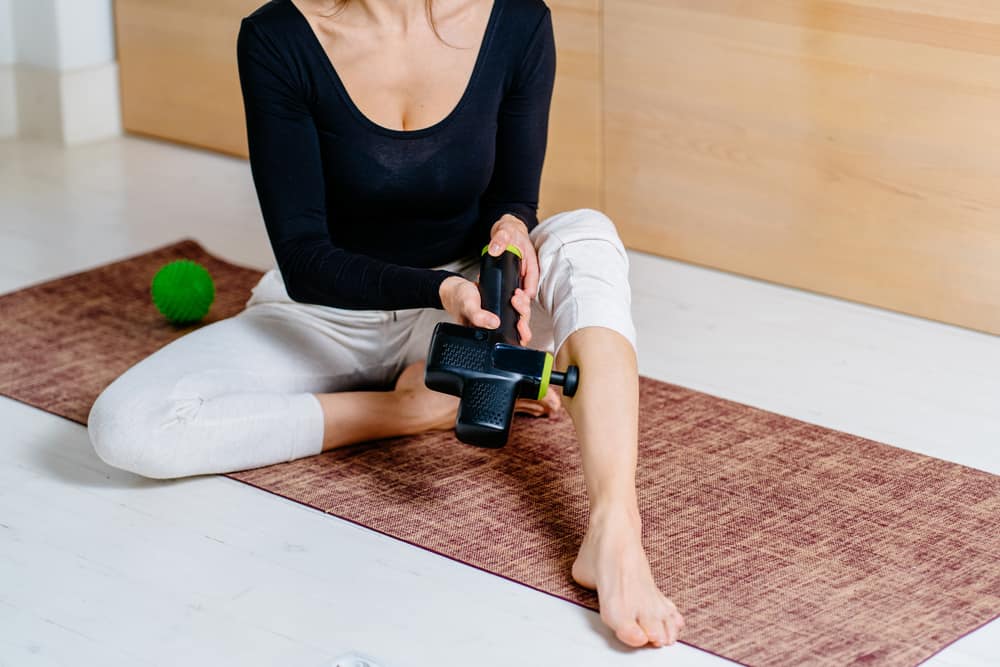
Muscle knots can get so painful, changing how you walk. If you cannot get rid of your muscle knots through stretching, the next best option is a deep massage. A deep massager puts extra pressure down on your muscle and connective tissues to help them loosen up. A deep massager uses elbows, knuckles, forearms, and hands to apply as much deep pressure as required instead of what a standard soft tissue massager does.
Your massage therapist uses firm pressure and slow strokes to reach deeper fascia and muscle layers. The amount of pressure they use helps with painful muscle knots reduces muscle tension, and breaks up scar tissue from an injury. It also helps reduce inflammation around the muscle knots, thus promoting faster healing by increasing the blood flow in those areas.
Deep tissue therapy helps relieve people of various symptoms, including sciatica pain, lumbar pain, osteoarthritis pain, sports injuries, and many other pains. The treatment is for people with stiffness and severe pain that is challenging to treat. Before and after you go for a deep tissue massage, take plenty of water.
Unlike regular massage, deep tissue therapists use extra pressure when massaging your pain points. Talk to your deep tissue massager in advance to customize the treatment for you so that you don’t feel like they are using too much pressure. The pressure your therapist will apply will help you relieve muscle stiffness and knots.
Conclusion
A massage relaxes your muscles, increases circulation, decreases stress hormones, increases endorphins, and helps you feel better overall. Acute soreness manifests as a burning sensation and is due to lactic acid build-up. Delayed-onset muscle soreness is a side effect of stress on your muscles during exercise, which is normal.
Muscle knots can be caused by overuse, injury, stress, dehydration, poor eating habits, stress, and worry and can form everywhere in the body – the back, shoulders, and neck. A muscle knot may feel significant, tight, or rough when touched and may feel tight and constricted even when relaxing, and they’re often sensitive to touch.
Deep tissue therapy helps relieve people of various symptoms, including sciatica pain, lumbar pain, osteoarthritis pain, sports injuries, and many other pains. The treatment is for people with stiffness and severe pain that is challenging to treat. Talk to your massage therapist in advance to customize the treatment for you so that you don’t feel like they are using too much pressure.
You may need to have some valuable equipment at hand for when you experience muscle soreness. One such vital piece of equipment is a massage gun like [4] this one. A percussive massager is a helpful tool that works your deep tissue to help ease soreness and loosen muscle knots.
